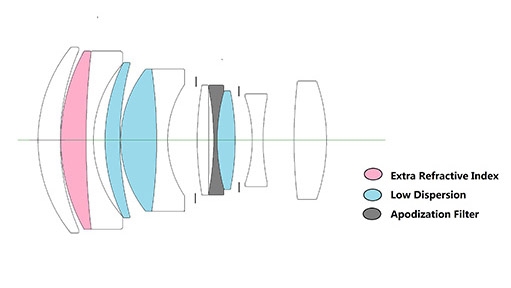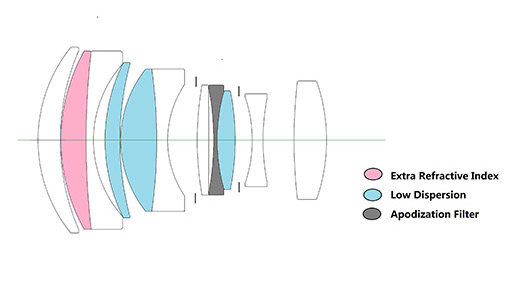One lens, two diaphrams
Why would a lens have two diaphragms with one marked in f-stops and the other in T-stops? And what’s the difference?
• December 2016 issue
Why would a lens have two diaphragms with one marked in f-stops and the other in T-stops? And what’s the difference?
Whether it’s marked or not, every lens has a T-stop value. The formula used to calculate f-stop values is f-stop = focal length ÷ diameter. It treats the lens as a simple hollow tube and doesn’t account for the lens elements inside.
A lens element’s shape and composition control the way it refracts and bends light, as do the groups in which elements are arranged, the coatings, transitions between surfaces, and even the glues used to bind elements in a group. All of these factors are what make a lens a lens, and all of these affect how efficiently a lens transmits light (its transmittance value).

The T-stop formula, T-stop = focal length ÷ √transmittance, takes all of these optical factors into account.
If you take only stills, the difference between a single lens’ f- and T-stop values is generally irrelevant. But if you want to match exposures between different lenses it’s relevant, and if you shoot video with a multiple-camera setup and you need to match exposures between those cameras it’s crucial.
At full aperture, the Laowa 105mm STF is an f/2 lens and a T3.2 lens. The diaphram marked with the T-stop scale has 14 blades, making for a completely round aperture, but it only stops down to T8.0. The second diaphragm has eight aperture blades and stops down to f/22. Additionally, the T-stop diaphragm is positioned to make full use of the apodization element.
An apodization element acts like a filter that improves the ability of the lens to resolve very fine points of light by blocking the spread of light around that point. Stopping down also does this—which is why almost all lenses are sharper about two stops down from full aperture—but only to a limited degree. The combined effect of an apodization element and the round shaped T-stop diaphragm increases fine detail resolution while smoothly blurring the transitions between in- and out-of-focus areas, creating the much desired bokeh effect. This is what earns it the Smooth Trans Focus part of its name.
Read our review of the Venus Optics Laowa 105mm f/2 Smooth Trans Focus Lens featuring two diaphragms.
Ellis Vener is a commercial photographer and Professional Photographer contributing editor.
Tags: lenses


